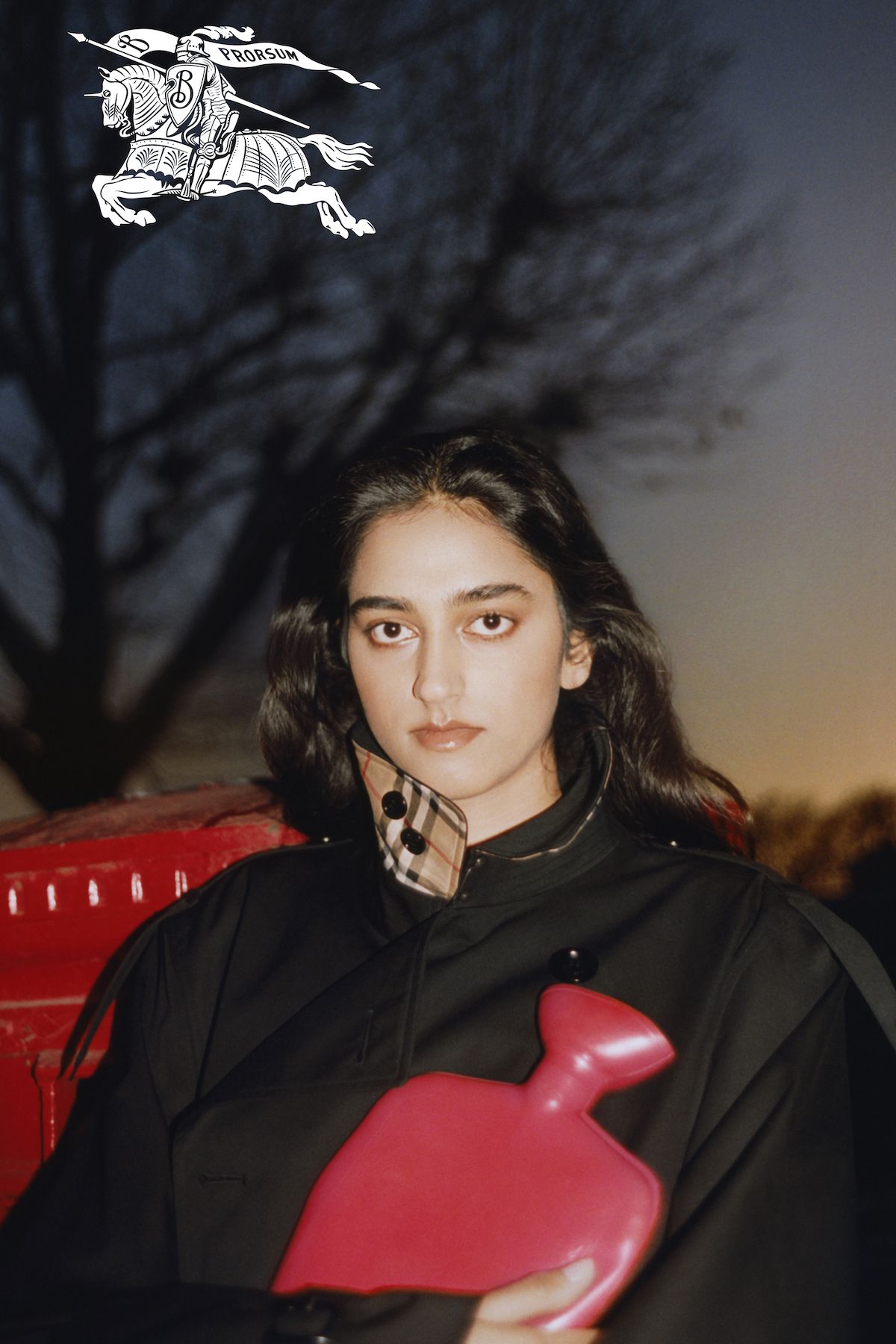
Burberry Group Plc sales jumped as the British fashion company benefited from the strong appetite of Chinese consumers free to spend again after the country’s post-pandemic economic reopening.
Retail comparable store sales were up 7 percent in the year ending April 1. Analysts had expected growth of 5.6 percent. Adjusted operating profit rose to £634 million ($790 million), which was also better than estimates.
Jonathan Akeroyd took over the running of the trench-coat maker more than a year ago promising to revive excitement in the brand. He has since named a new designer, Daniel Lee, whose debut collection in February sought to reassert the “Britishness” of Burberry.
The label was previously led by an Italian duo whose plan was to “elevate” the prestigiousness of Burberry in the eyes of consumers. While Akeroyd has said he will continue on this path, he also wants to boost revenue by selling more accessories and bags in the long term.
Revenue accelerated in the last quarter as growth rebounded in China to 13 percent, according to a statement Thursday. Burberry kept its guidance for its medium-term targets, however, adding it’s “mindful” of the macroeconomic and geopolitical environment.
Burberry’s performance follows a mixed picture for luxury rivals in the first quarter of this year. Christian Dior owner LVMH Moet Hennessy Louis Vuitton SE, Hermes International and Prada SpA powered ahead while Gucci parent company Kering SA struggled.
By Angelina Rascouet.



